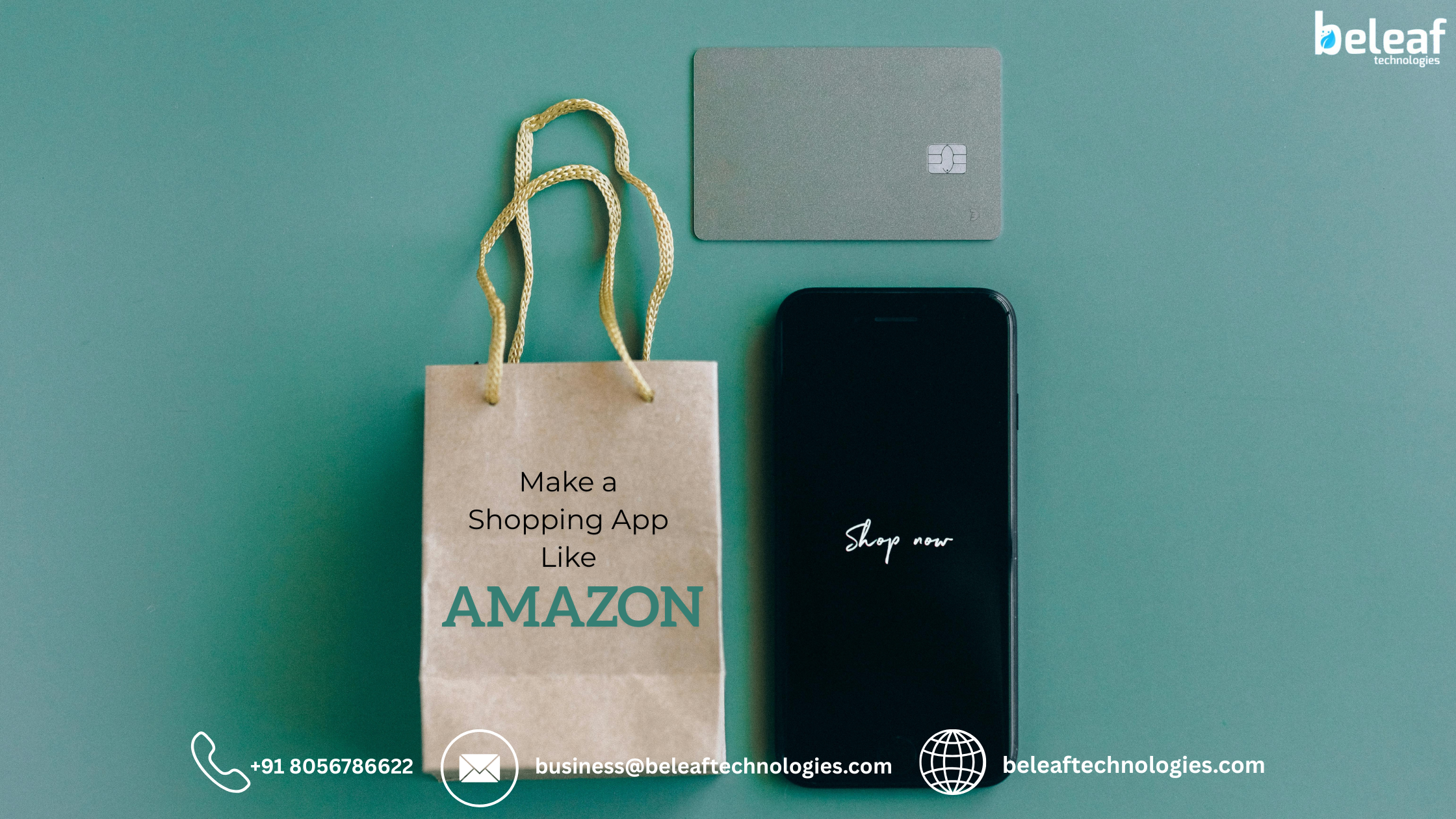In today’s fast-paced digital world, e-commerce apps like Amazon have reshaped the way we shop. They offer convenience, variety, and a seamless user experience and that’s exactly why many entrepreneurs are now looking to build a shopping app like Amazon. If you're one of them, this article is your perfect starting point. Let’s explore what it takes to make your own Amazon-like shopping app in 2025.
1. Understanding the Amazon App Model
Before diving into development, it’s important to understand what makes Amazon so successful. At its core, Amazon is a multi-vendor e-commerce platform that connects buyers and sellers through a smooth, scalable interface. It supports millions of products, thousands of sellers, and handles logistics, payments, and customer service seamlessly.
Your Amazon clone should replicate this business logic while also offering room for customization. Key pillars of this model include product variety, user trust, responsive design, and an easy checkout experience. A deep understanding of these concepts will guide your development strategy.
2. Key Features to Include in Your Shopping App
A successful Amazon clone app isn’t just about aesthetics it’s about functionality. Here are the must-have features:
-
Registering a user and logging in: Simple onboarding by social media, phone, or email.
-
Smart Search & Filters: Help clients locate products quickly.
-
Product Listings: Include detailed descriptions, multiple images, reviews, and pricing.
-
Cart & Wishlist: Essential tools for browsing and buying later.
-
Secure Checkout: Multiple payment options including UPI, credit/debit cards, wallets, and cash on delivery.
-
Order Tracking: Let users track shipments in real time.
-
Push Notifications: Keep users engaged with offers, updates, and delivery alerts.
-
Review & Rating System: Build trust through honest customer feedback.
-
Multi-language & Multi-currency Support: Expand your reach globally.
These features can be customized based on your target audience and business model.
3. Designing a User-Friendly Interface
Design can make or break your app. A cluttered interface will confuse users and drive them away, while a clean, intuitive UI keeps users coming back.
Start with simple navigation use clear labels, icons, and logical page flow. Consistent branding, including colors and fonts, builds recognition. Mobile responsiveness is key, as most users shop via smartphones. Also, focus on performance your app should load fast and respond smoothly even with a large number of users.
UX (User Experience) design should prioritize minimal clicks from homepage to checkout. Think: fewer taps, more conversions.
4. Essential Admin and Vendor Panels
For a successful Amazon-like platform, the backend is just as important as the front end.Both specialised vendor dashboards and a strong admin panel are required.
Admin Panel Features:
-
Manage users, products, sellers
-
Monitor transactions and analytics
-
Handle disputes and feedback
-
Set up promotions and discounts
Vendor Dashboard Features:
-
Product upload and management
-
Order management
-
Inventory tracking
-
Sales reports and performance metrics
A strong backend facilitates scaling as your user base increases and guarantees seamless platform operations.
5. Payment Gateway Integration and Security
One of the most sensitive aspects of an e-commerce app is payments. Your app must support secure, seamless transactions to gain user trust.
Integrate reliable payment gateways such as PayPal, Paytm, Stripe, or Razorpay. Offer multiple payment modes UPI, cards, wallets, and even EMI options. For international audiences, multi-currency support is essential.
On the security front, ensure SSL encryption, secure login systems, and fraud detection measures. Implement GDPR-compliant privacy policies and make sure all financial data is handled with the highest security standards.
6. Steps to Build and Launch the App
This is a condensed road map to get you going:
-
Market Research: Identify your niche, study competitors, and finalize your app concept.
-
Hire a Development Team: Choose experienced developers or an e-commerce app development company.
-
Design UI/UX: Create wireframes and mockups.
-
Develop Core Features: Build MVP (Minimum Viable Product) with essential features.
-
Test Thoroughly: Perform beta testing and fix bugs.
-
Launch the App: Deploy it on Android, iOS, and web.
-
Market Your App: Use SEO, social media, paid ads, and influencer marketing.
-
Collect Feedback & Improve: Regularly update based on user feedback.
Development time typically ranges from 2 to 6 months depending on the complexity and features you choose.
Final Thoughts
Creating a shopping app like Amazon might seem challenging, but with the right strategy and tools, it’s absolutely achievable. Focus on building a feature-rich, user-friendly platform with strong backend support and secure transactions. Whether you’re a startup or an established business, launching your own Amazon clone in 2025 is a smart move toward capturing the booming online market.
Ready to build your own Amazon-like app? The e-commerce future is yours to create!


